
Preparing the Coop for Winter
Lessons from Sprouts & Feathers Farm
Every fall at Sprouts & Feathers, we can tell the seasons are shifting long before the leaves finish turning. The mornings start crisp, the air smells like rain again, and the hens begin to linger a little longer on the roosts before hopping down for breakfast. That’s our cue: it’s time to winterize the coop.
Over the years, we’ve learned that keeping chickens happy through an Oregon winter takes more than tossing in some extra straw. The cold months have a way of testing everything — your setup, your routines, even your patience. But with a little preparation (and a few lessons learned the hard way), your flock will stay healthy, warm, and laying strong right through to spring.
Let us share what’s worked for us — and a few things we wish we’d known sooner.
When We Learned Ventilation Matters More Than Warmth
Our first winter with chickens, we made the rookie mistake of sealing the coop tight, thinking we were keeping the girls cozy. Within a week, the windows were fogged, the bedding damp, and one poor hen had frostbite on her comb.
That’s when we learned the golden rule: dry air keeps chickens warmer than sealed air. Now, every fall we check the vents up high near the roofline, making sure there’s enough airflow to let humidity escape — but not so much that cold air blows across the roosts. A gentle breeze up top, calm air where the hens sleep. It makes all the difference.
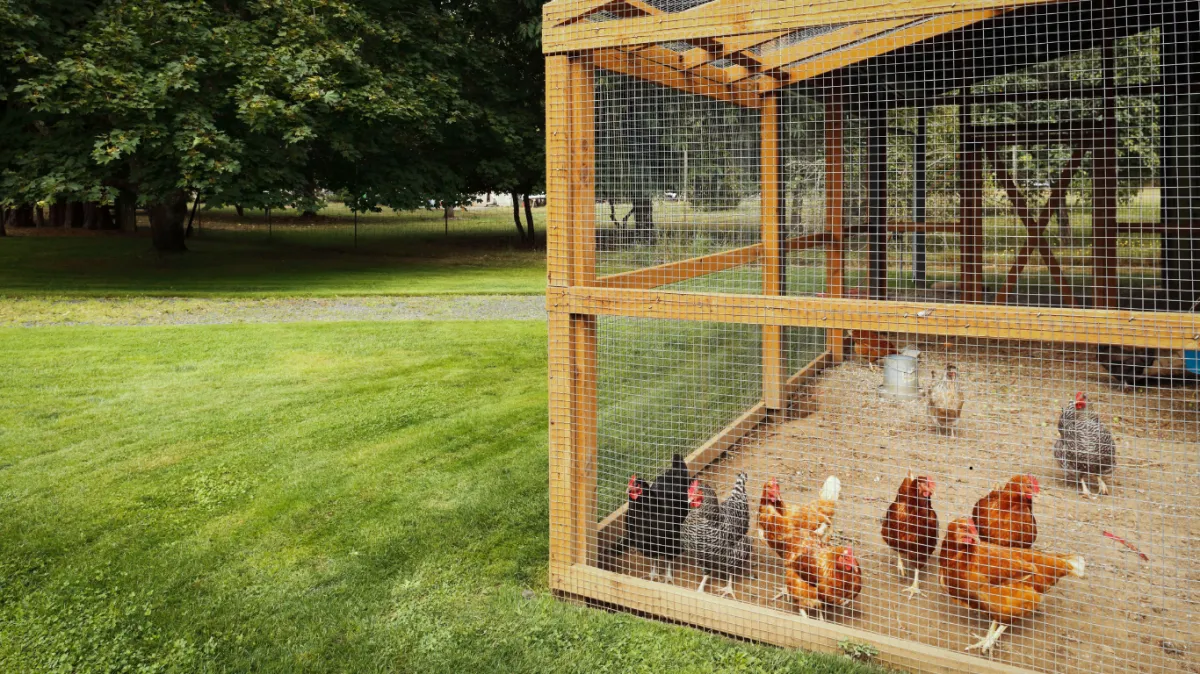
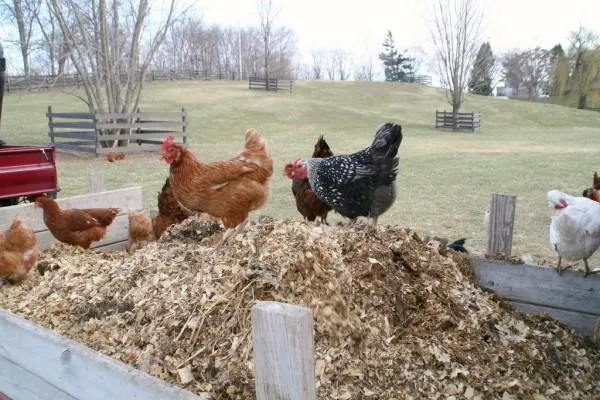
The Magic of the Deep Litter MethodThe Magic of the Deep Litter Method
We used to clean the coop top to bottom every week. But one winter, between the rain and the mud, we got behind — and discovered something surprising. The older bedding had started to compost underneath, giving off gentle warmth.
Now we use that on purpose. We start with a deep base of pine shavings and add fresh bedding each week, stirring it to mix in droppings and old material. It’s cleaner than it sounds — and by mid-winter, the coop floor becomes its own little heat source. The hens love scratching through it for bugs and seeds, and we love that it saves time and money on bedding.
Insulation — Done the Chicken-Proof Way
If you’ve ever had a curious hen, you know they’ll peck at anything. So when it comes to insulation, we’ve learned not to trust anything soft or fluffy.
Our solution? Rigid foam panels, covered with thin plywood so the birds can’t get to it. It keeps the coop snug without the mess. And don’t forget the roof — that’s where most of your heat sneaks away.
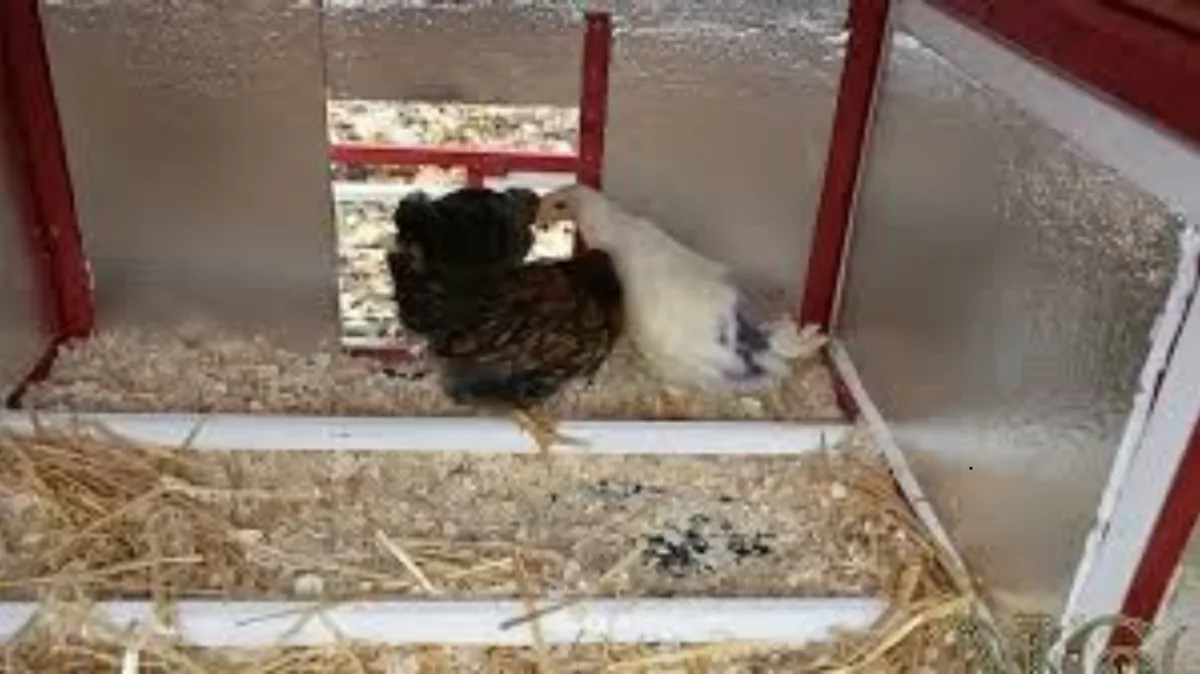
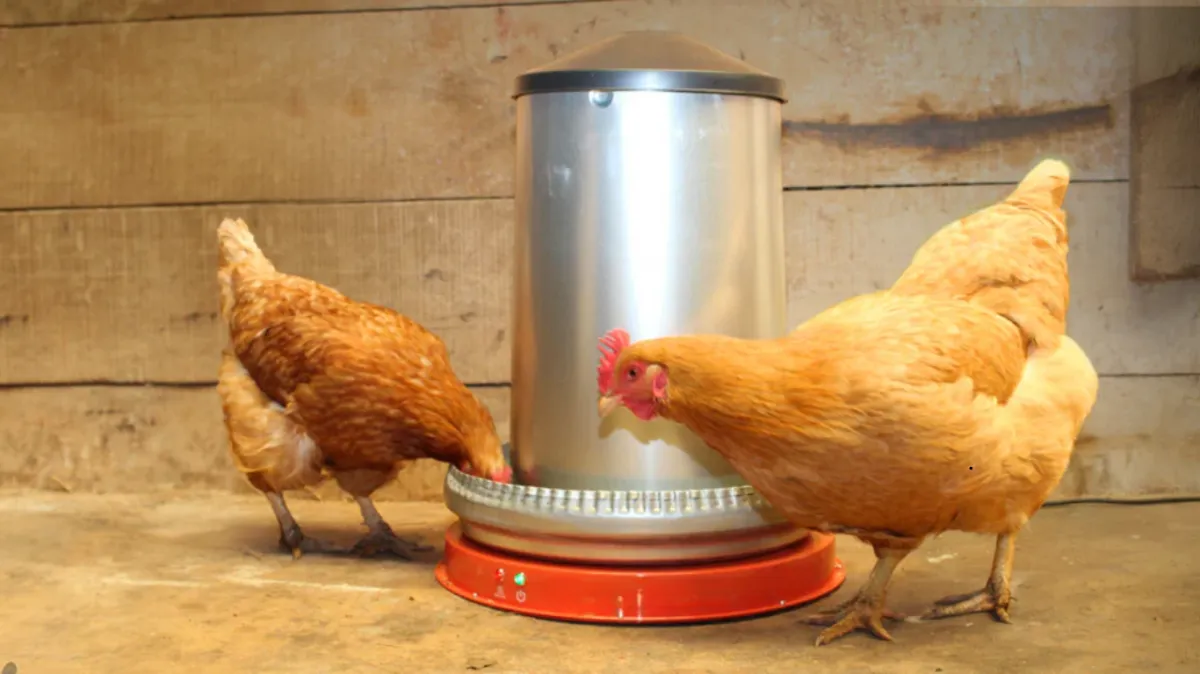
The Battle of Frozen Waterers
One of the worst winter mornings we’ve ever had was when the water froze solid overnight, and the hens went half the day without a sip. Now, we never go into winter without a plan.
For smaller flocks, a heavy rubber bowl works wonders — just flip it to knock out the ice. For our larger pens, we use heated bases with thermostats that only kick on below freezing. A little planning now saves a lot of frustration later (and keeps egg production up).
Light for Laying — But Not All Night Long
When the days get shorter, egg production naturally slows. A small LED bulb on a timer gives just enough extra daylight to keep laying steady.
But don’t overdo it — hens need darkness to rest. We set our timer to come on early in the morning and turn off by the time the sun rises. It’s like giving them a gentle head start on the day.
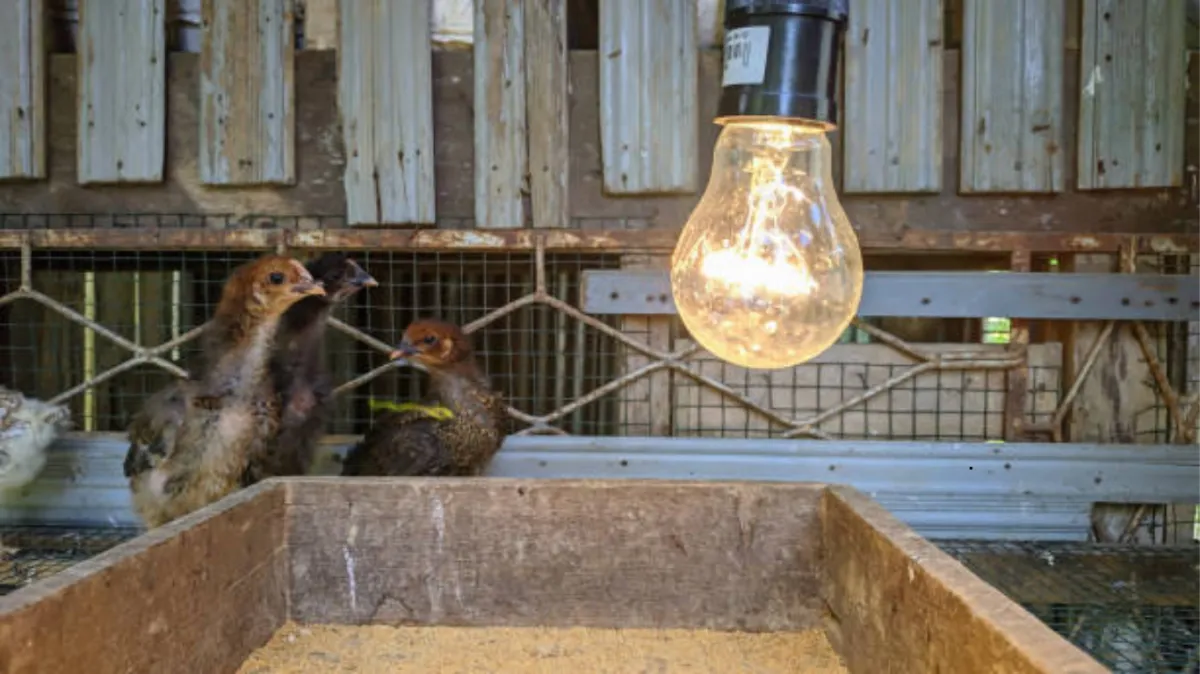
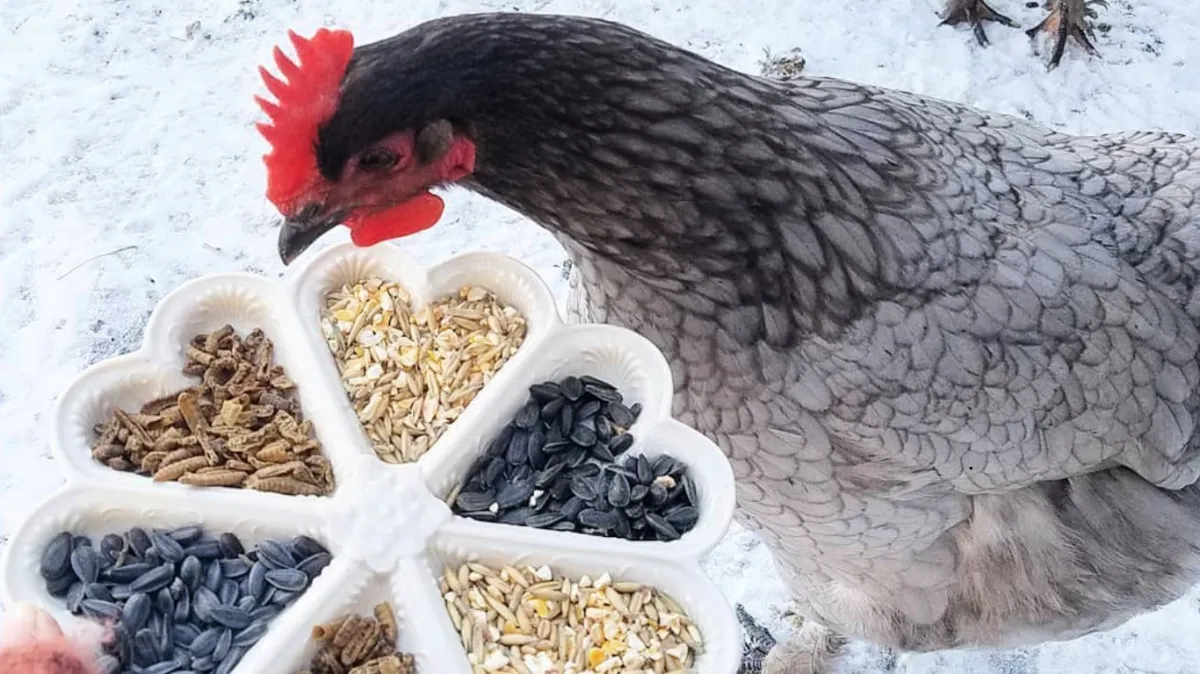
Feed and treats for cold nights
Winter burns calories. To keep our flock in good shape, we offer a mix of high-protein layer feed and toss a handful of cracked corn or black oil sunflower seeds at dusk. It gives them something to peck at and warms them from the inside out as they digest overnight.
And one small but important note — we keep feed stored in metal cans inside the coop. Not only does it stay dry, but it keeps the mice from thinking they’ve found a winter buffet.
Predators get desperate too
When the temperatures drop, predators start taking bigger risks. We’ve had raccoons test every latch on the coop and owls stake out our runs.
Over the years, we’ve learned to reinforce every opening with half-inch hardware cloth (not chicken wire) and add solar motion lights around the yard. A hungry raccoon hates surprises.
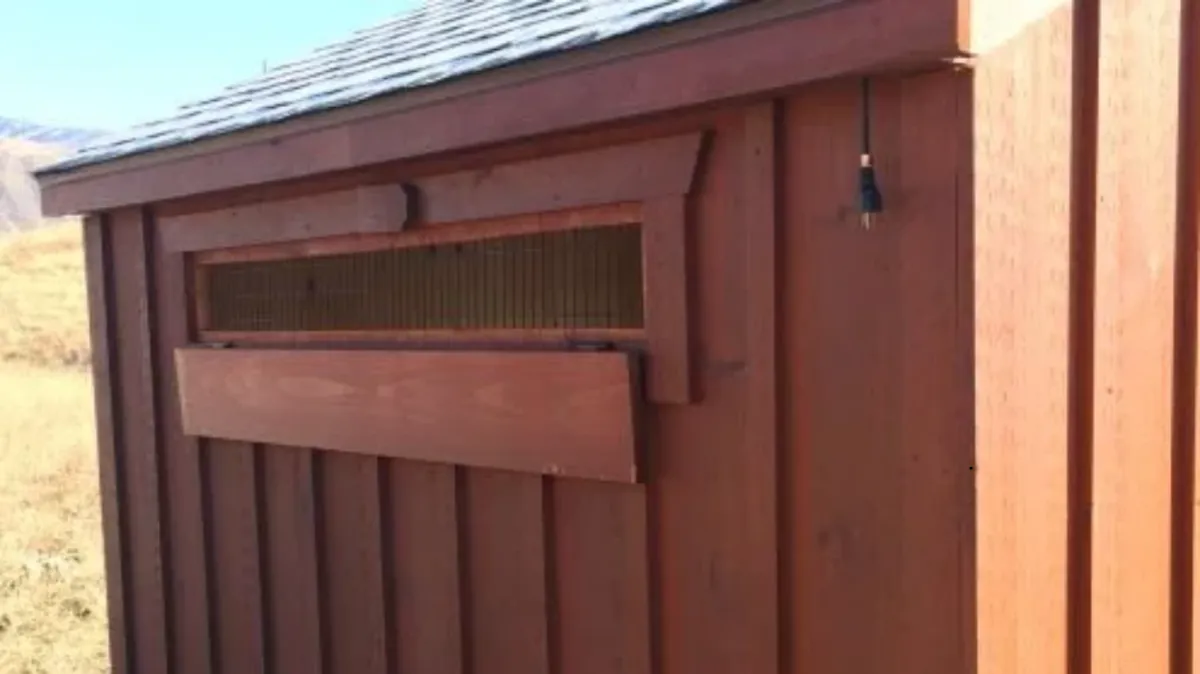
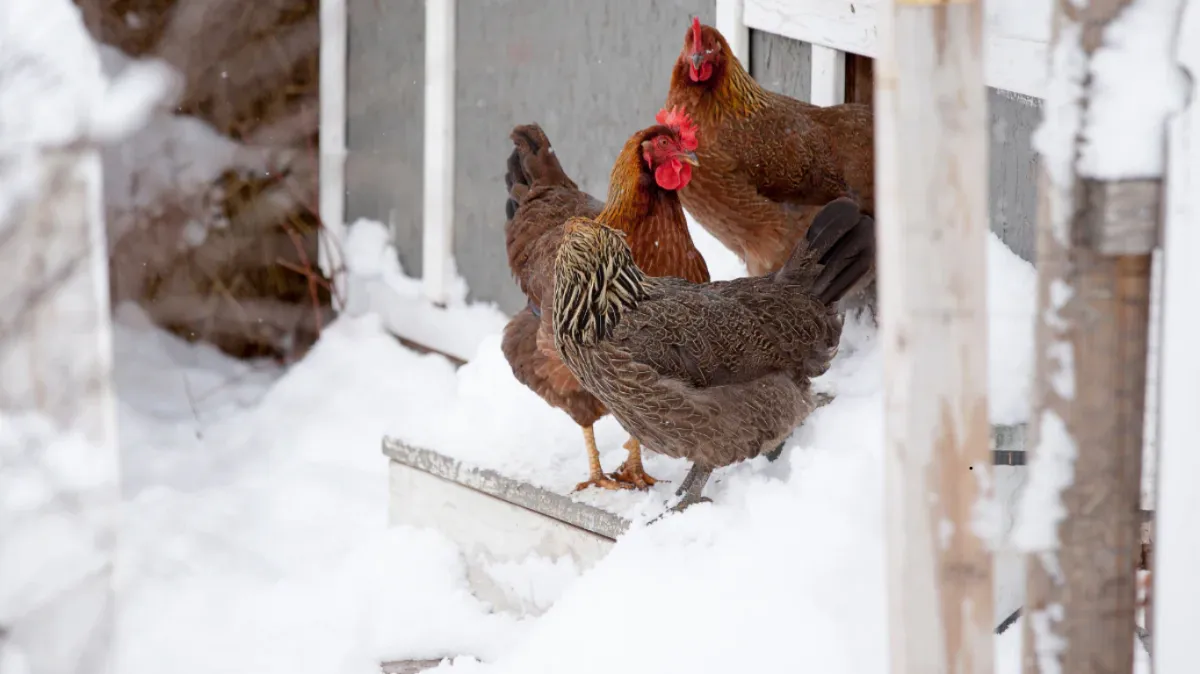
Cozy roots and frostbite prevention
Flat 2x4 roosts give the hens a place to cover their toes completely with feathers.
It’s a small detail, but it prevents frostbite more effectively than any heater could.
On the coldest nights, we dab a little natural balm on combs and wattles — just one more layer of protection.
our Emegency Backup plan
We’ve had enough power outages to know: it pays to be ready.
A bin in the feed shed holds extra bedding, hand warmers, batteries, and a small propane heater for emergencies.
You may never need it, but when the snow hits and the roads close, you’ll be glad it’s there.
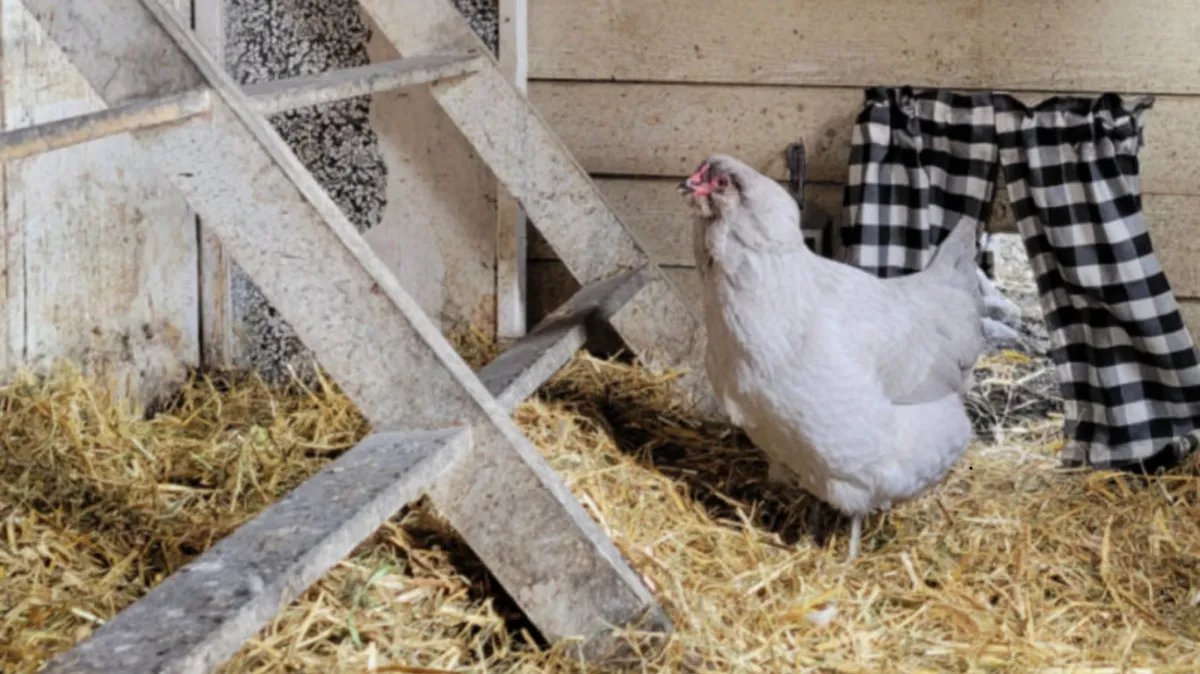
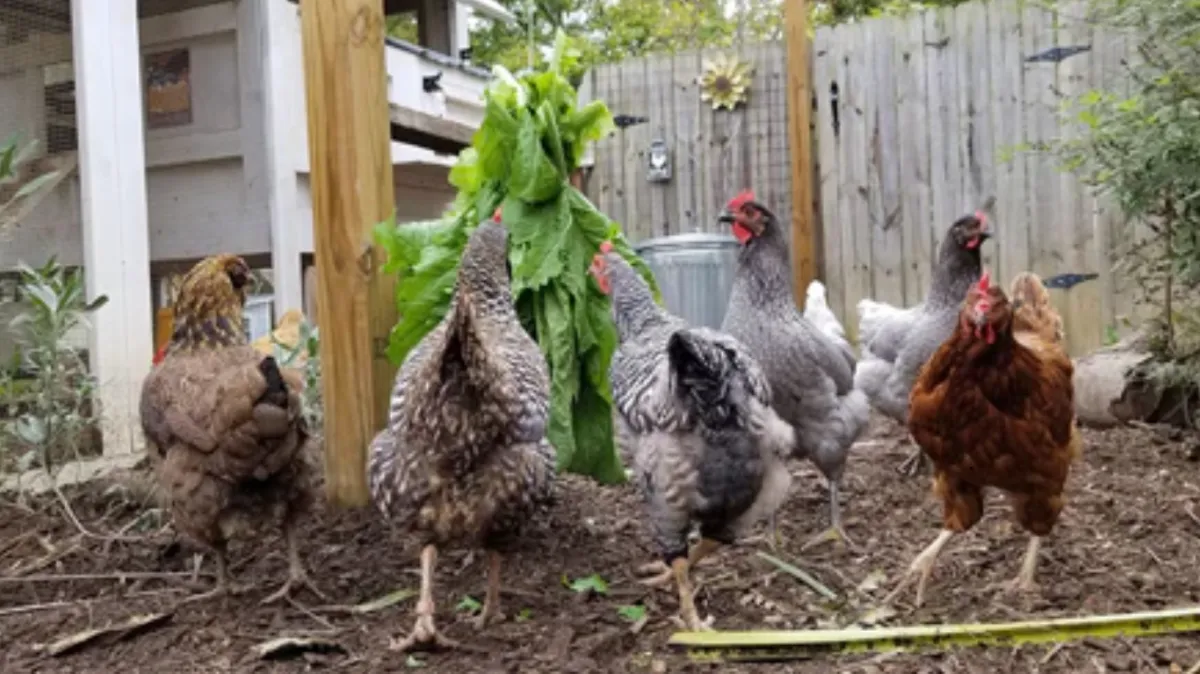
Keeping chickens happy when they can't free range
When our flock starts to get bored mid-winter, we hang cabbage heads on strings or scatter leaves and straw in the run for scratching.
We even covered part of the run with a clear tarp so they can still enjoy the sunlight when it’s raining.
A little enrichment goes a long way to keep peace in the flock.++
Closing Thoughts from our coop
Winter isn’t the enemy — it’s just a season of adjustment. Chickens are tougher than they look, and with a little preparation, they’ll come through it strong.
Every year, as we step into the coop on a frosty morning and hear the contented clucks, it reminds us why we do this. There’s something deeply satisfying about caring for a flock that depends on you — and knowing you’ve given them the best chance to thrive, no matter the weather.
So from all of us at Sprouts & Feathers, here’s to dry coops, warm hens, and a season full of cozy mornings and fresh eggs. Stay warm out there, friends.
© 2022 by Sprouts and Feathers.